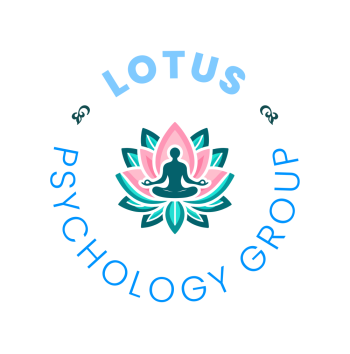What is postpartum depression and anxiety?
We hear all the wonderful stories from childbirth; “you will fall in love at first sight”, “you will be the happiest you ever were”, “it will bring you closer to your partner”. While these statements may be true for some families, not all families are fortunate enough experience happiness from the get go.
Often referred to as “Postpartum” or Postpartum Depression, we now know that there is a spectrum of disorders related to childbirth called Perinatal Mood and Anxiety Disorders (PPD).
The term “Perinatal” represents the antenatal (before birth) and postpartum (after birth) periods of childbirth; therefore these disorders can be present from conception through 2 years postpartum.
Several risk factor play a role in whether one woman develops PPD and one doesn’t. Those include:
A predisposition for mental health problems (depression, anxiety, etc).
A history of mental health problems including histories of abuse and trauma.
The sudden increase in estrogen and progesterone upon conception and the sudden decrease in those hormones upon delivery.
The lack of sleep that plays a role on your biological functioning
The multitude of changes that occur due to having a child
Lack of social support and high expectations/idealizations of parenthood
Symptoms can include but are not limited to sadness, irritability, stress, anxiety, panic, obsessive/intrusive thinking, compulsive behaviors, and nightmares. While some of these same symptoms may occur in 80% of new parents, also known as The Baby Blues, those who are experiencing them at high levels and for longer than 4 weeks postpartum should consult with a therapist and or psychiatrist.
